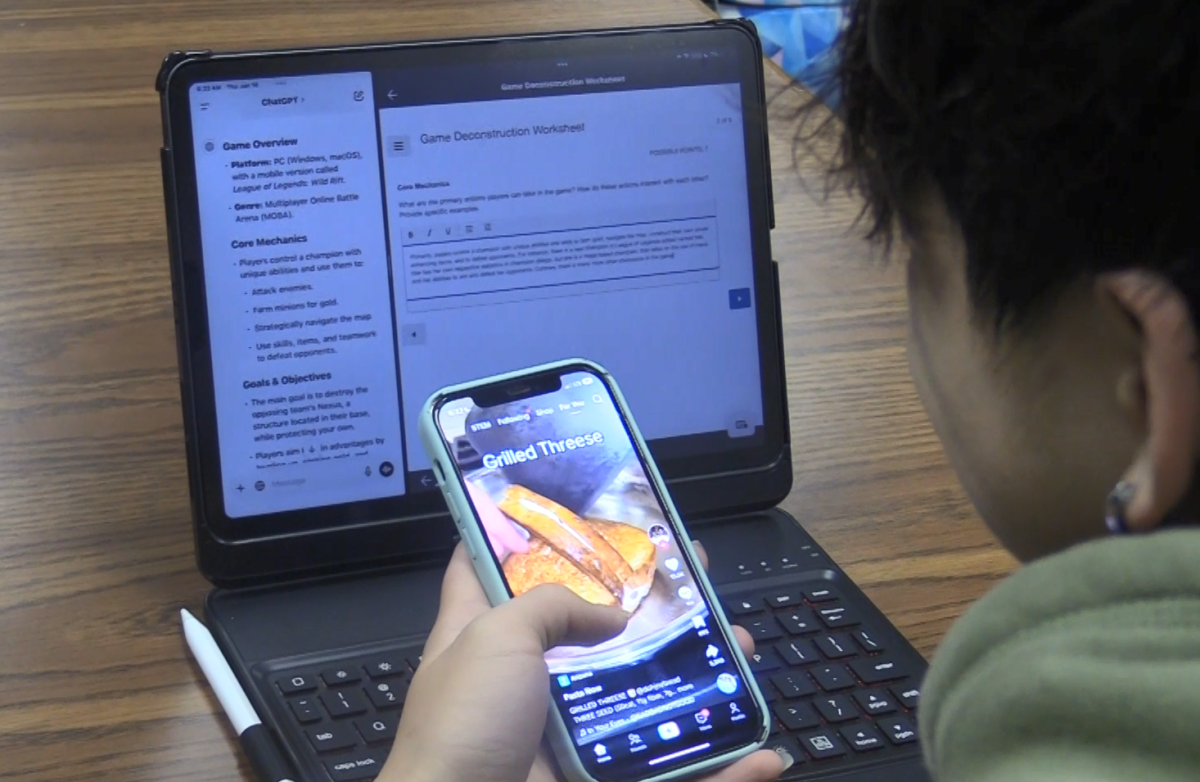On March 2016, a concerning problem erupted for the students in Hastings High School. A science teacher took a sample of a classroom water source for a project that all students participated in. After obtaining the results, the lead concentration was barely within the acceptable federal limits, leading to doubt regarding the water sources in the school. This prompted district officials to investigate the issue, which only revealed more inconsistent results of lead in the water fountains according to the Alief Water Testing Initiative.
To temporarily resolve the issue, the water supply in Hastings was shut off during the summer of 2016, and staff members were given bottled water to use.
Hastings Senior Zhiyong Miao describes how he felt after hearing about the lead testing.
“I’ve only drunk water a few times from our fountains ever since the problem begun. I bring my own water bottles to school almost every day. I was very worried about the people who drank from the water fountains in my school last year, because drinking too much lead water can physically harm a lot of students.”
According to the Environmental Protection Agency, if lead samples exceed a level of 15 parts per billion in more than ten percent of tap water sources sampled, then action must be taken to control corrosion. These water sources can be drinking fountains or sinks located in rooms such as the teacher’s lounge and kitchen.
In general, drinking water that is contaminated with lead can cause many different health problems. Infants and children may face delays in physical or mental development and show slight deficits in attention span and learning abilities. In adults, kidney problems and high blood pressure may be prevalent.
Health and Fitness teacher Mary Bailey is aware of the seriousness of lead poisoning.
“It [lead] is a heavy metal,” Bailey said. “When you do research about a topic like that it’s always going to go towards brain problems and all sorts of other neurological problems.”
After discovering that the source of lead was coming from the City of Houston Municipal Water Supply, Alief ISD announced in September 2016 that they will “continue water testing at Hastings High School, as well as the remaining Alief ISD campuses and facilities.” For the 2016 to 2017 school year, Alief has successfully managed to mitigate the quantity of lead in Hastings’ waters. The next step that Alief is taking is to complete testing in other schools starting in 2016 to 2019. Kerr’s water fountains and faucets will not be tested for lead until an estimated date of February 8, 2019.
“The potential of lead in Kerr’s fountains is scary because I put water out for teachers every day. It’s a big deal, especially for the young students at Hastings,” explains Bailey.
“However, I’m sure they have their reasons, because if it really were a big problem in Kerr, they would be jumping in on it. They do care about us.”
As of 2016, there is no federal law requiring testing for lead contamination of water sources in schools.






